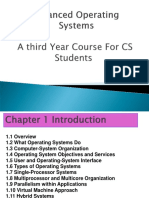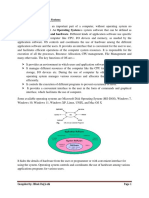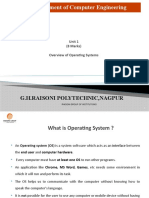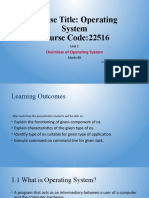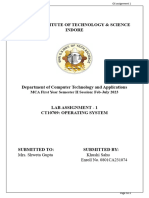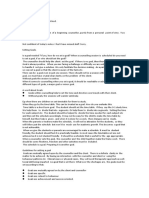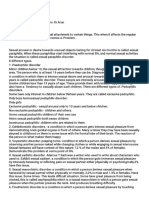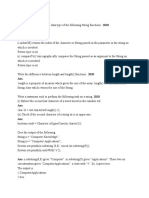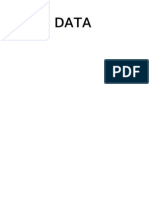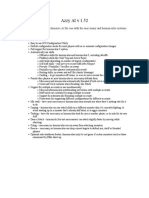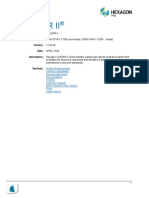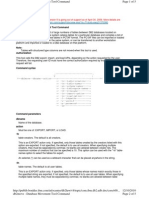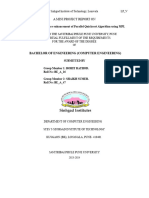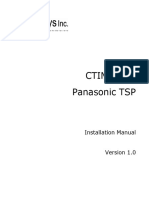0% found this document useful (0 votes)
102 views14 pagesOperating System Detailed Notes With Diagrams
An Operating System (OS) is essential system software that manages computer hardware and software resources, facilitating user interaction and task execution. It performs functions such as file organization, CPU task assignment, memory management, resource allocation, device control, and security. Various types of OS include single-user, multi-tasking, and real-time systems, with user interfaces categorized into character user interfaces (CUI) and graphical user interfaces (GUI).
Uploaded by
binduannCopyright
© © All Rights Reserved
We take content rights seriously. If you suspect this is your content, claim it here.
Available Formats
Download as DOCX, PDF, TXT or read online on Scribd
0% found this document useful (0 votes)
102 views14 pagesOperating System Detailed Notes With Diagrams
An Operating System (OS) is essential system software that manages computer hardware and software resources, facilitating user interaction and task execution. It performs functions such as file organization, CPU task assignment, memory management, resource allocation, device control, and security. Various types of OS include single-user, multi-tasking, and real-time systems, with user interfaces categorized into character user interfaces (CUI) and graphical user interfaces (GUI).
Uploaded by
binduannCopyright
© © All Rights Reserved
We take content rights seriously. If you suspect this is your content, claim it here.
Available Formats
Download as DOCX, PDF, TXT or read online on Scribd
/ 14
















